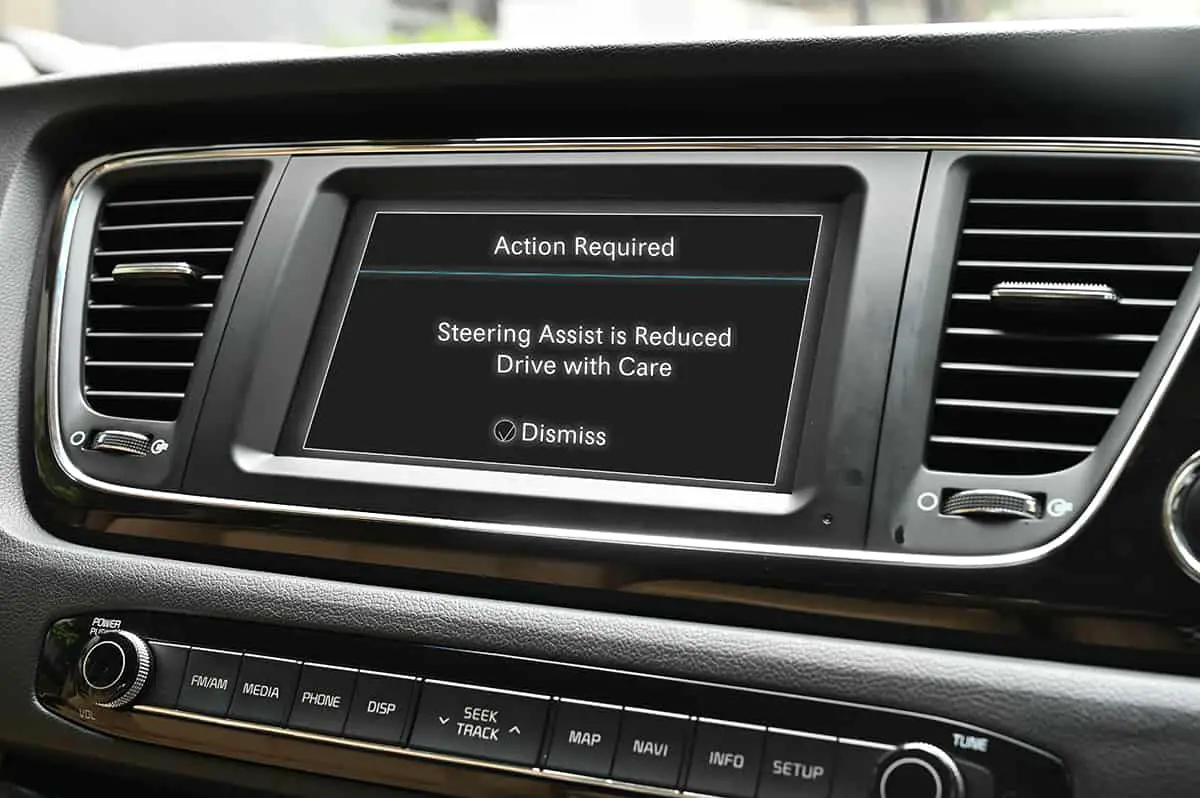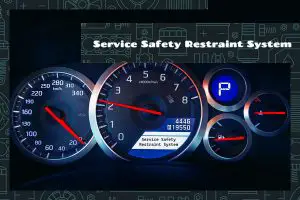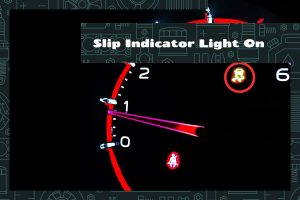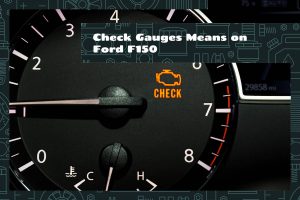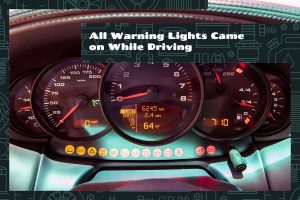Steering assist is an innovative technology that takes driving to the next level by offering an extra layer of safety and control. By using sensors and algorithms, it helps the driver steer the vehicle in the right direction and maintain stability. But what does it mean when you receive the warning “Steering assist is reduced, drive with care?”
The warning “Steering Assist Is Reduced, Drive With Care” indicates that the vehicle’s steering assist system has been temporarily disabled or is not functioning properly. This may be due to a technical issue, a malfunction of the sensors or the control unit, or a limitation of the system in certain conditions, such as low tire pressure or a damaged steering column.
In this guide, we’re going to discuss what steering assist is, what features it comes with, and what to do this dreaded warning appears on your car’s infotainment display.
What Is Steering Assist?
Some modern automobiles have an assist function that helps the driver steer with less effort. It monitors the vehicle’s movement with the aid of sensors, algorithms, and control systems, then gives the driver supplemental steering input to ensure the vehicle stays on the predetermined course. Tight turns, heavy traffic, and unexpected changes in road conditions are just some of the difficult driving situations that could benefit from this technology.
Different types of steering assistance systems include lane departure warnings, lane keeping assistance, and adaptive cruise control. When the vehicle starts to veer out of its lane, lane departure warning systems will sound an alarm, and lane-keeping assist systems will gently steer the vehicle back into its lane. To keep a safe distance from oncoming traffic, adaptive cruise control systems use radar or cameras to detect and track other vehicles.
The purpose of steering assist is to make driving more enjoyable and safer, but it should not be considered a substitute for attentive and cautious driving. Because steering assist systems can fail or be temporarily disabled, drivers should always be aware of their surroundings and stay in command of the vehicle.
What Features Does Steering Assist Include?
Depending on the carmaker, steering assist can be comprised of several safety features. In the case of Subaru’s steering assist technology, also known as EyeSight Driver Assist, you can expect the following features.
- To keep you safe and in the middle of your lane, Adaptive Cruise Control allows you to set the distance you want to keep from the vehicle in front of you.
- You can set your preferred distance from the vehicle in front of you, and Advanced Adaptive Cruise Control will keep you safe in the center of your lane.
- Lane Assist can keep you from veering into oncoming traffic if something causes you to lose focus on the road, such as falling asleep at the wheel or hitting a pothole. When you start to drift into oncoming traffic, lane assist will alert you through the stereo and gauge cluster and gently steer you back into your lane.
- Whenever a potential frontal crash is detected, the Pre-Collision Braking system will sound an alarm and apply the brakes at full force.
Steering Assist Is Reduced Drive With Care – Meaning & What to Do
While steering assist is there to help make your drive smoother and more enjoyable, there may be times when the system fails, and you’ll be forced to take over manually. This will usually be indicated by the warning message “Steering assist is reduced, drive with care.”
Here are a few common causes of what this may mean.
1. Power steering rack problems

If the power steering rack in your car is broken, you won’t have as much control over the vehicle as you should. This can make it difficult to steer and turn. It’s also possible that fluid is leaking from the power steering rack, which, if left unchecked, could eventually damage other components.
2. Incorrect tire pressure
Steering issues can arise from insufficient tire traction on the road, which occurs when tire pressure is either too low or too high. This is especially common when driving on wet roads. Low tire pressure can impair steering, potentially causing you to lose control of your vehicle.
3. Steering sensor error
When the driver turns the wheel, the steering column-mounted steering sensor sends a signal to the power steering control module. If communications between driver assist and the steering sensors is severed for any reason, this will trigger the warning on your infotainment display.
5. Faulty power steering
A faulty rack and pinion assembly is typically the source of this issue. This message will appear on the instrument cluster if any of these parts are malfunctioning and are unable to send proper signals to the control module.
6. Dead or dying car battery
If the power fails, the steering assist will not function properly. This system receives power from a variety of sources. The same issues can arise from a connection or wire that is loose or corroded. The most common cause of the error message is that the battery voltage is low, and a trouble code has been stored in the steering assist control module.
7. Thermostat problems
The engine thermostat controls the temperature and flow of coolant in the engine and radiator. It maintains the engine’s temperature within a safe operating range. If the thermostat gets stuck in the open position, fluid will continue to circulate unimpeded, possibly causing the engine to overheat. The steering assist system will fail because the temperatures are too high or too low, triggering the warning light and an error code.
8. Faulty temperature sensor
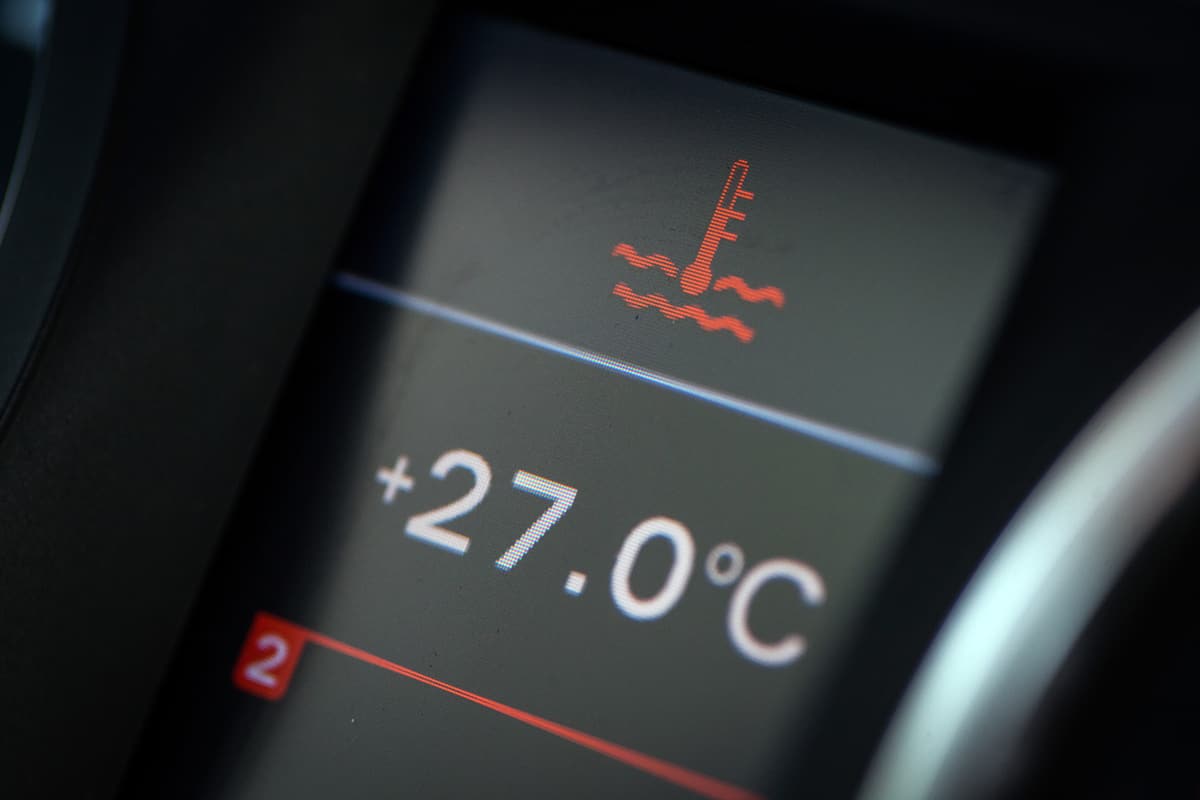
The readings from the temperature sensor determine the engine’s operating temperature. When the sensor’s reading is high, the engine is hot. A bad temperature sensor can cause incorrect heat readings, which may shut down the steering assist system.
9. Defective steering assist module
It may be necessary to replace the steering assist sensors. Sometimes it’s because your steering assist module is outdated or malfunctioning and needs to be updated.
10. Overheating brakes
The overheating brakes are probably the cause of the warning light turning on if there is no engine fault message. If your brake pads don’t generate enough heat from friction, your brakes could overheat and melt.
What to Do
Here is a non-exhaustive list of things you can try to get rid of the steering assist error message. If none of these solutions work, it might be time to get your car inspected by a professional mechanic.
Replace the battery
First, test the battery to determine whether or not it’s the main source of your steering assist problems. You can do this using a multimeter set to DC volts and looking for the proper voltage reading (12.6 volts). Otherwise, look for visual signs that the battery is nearing the end of its life—e.g., dimmed lights, car battery warning indicator, slow start, etc.
If you’re certain that the battery is dead or dying, you should replace it. I’ve created this guide that will help you figure out how to replace a car battery.
Inflate your tires and reset the TPMS system

Since underinflated tires can cause the steering assist system to go haywire, it’s advised that you check the status of your tires. Inflate the tires as instructed in the owner’s manual or the inside panel of your car door. After the tires have been inflated to the correct levels, reset the TPMS system by following this guide.
Check the brakes for damage
Perform a visual inspection of your car’s brakes by looking at the pads, rotors, and calipers for signs of physical wear. You can also try a brake pedal test to gauge the firmness of the brake. If there’s too much resistance, or if the pedal hits the floor at the slightest tap, then you need to get your brakes inspected. Don’t forget to check the brake fluid to ensure there’s enough to keep the brake system lubricated and ready.
Clear trouble codes
The computer should have entered codes when the Steering Assist message was received. By reading the DTCs with your sophisticated code reader, you can narrow down the source of the problem. However, not all code scanners are suitable for use with such sophisticated systems, so you need to be selective.
It’s best to reset the codes if there are a lot of them. You might have to drive the car for a while before the light comes back on. The error message can usually be remedied by simply replacing by clearing the trouble codes.
How to Remove the Steering Assist Is Reduced, Drive with Care Message
After you’ve tried the previous solutions, you can try to clear the error message by turning your car off, letting it sit for 10 to 30 minutes, and turning the car back on. If the source problem was associated with the battery, brakes, or tires, the error message should be gone.
However, because the steering assist system is so delicate and is connected to numerous components, you should still get your car checked out by a professional mechanic. They may uncover hidden problems that could pop up in the future and impact steering assist.
